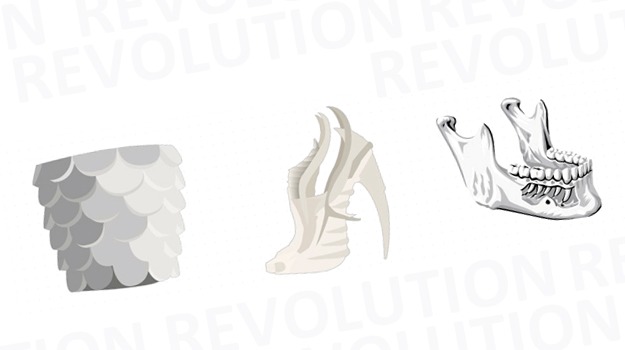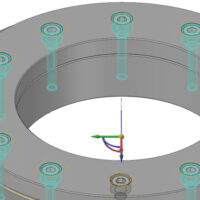At this point, I’m pretty sure an infographic could be made about the rise and fall of 3D printing infographics. Nevertheless, here’s an oddly informative and very gray infographic on 3D Printing that has no mention of large-scale 3D printing or bacon. Haven’t we seen enough of these? Yes, yes we have. However, there’s one interesting aspect to it.
3D Printing Revolution?
The next time I see ‘3D printing’ and ‘Revolution’ together I’ll have to model, import and print a resin spear to throw through my screen. Perhaps it is a 3D Printing Revolution (GAAAAAHHHHH!!!!!) and we just need to deal with it. As shown by this graphic though, many still don’t know what 3D Printing is, how it works or what’s possible.
The graphic (way down below after my chatter) actually lines up perfect with an article by Dylan Love over at Business Insider called 3D Printing Is The New Personal Computing. It’s a surface level take on 3D printing, but puts ‘3D Printing’ into terms that people who remember the rise of the PC can understand.
In 1979, spreadsheet software VisiCalc legitimized personal computers as a serious business tool. The mainstreaming of 3D printers will occur when people realize they can print doorstops and shower curtain rings, when they realize that owning a 3D printer means no longer having to drive to the store to buy something manufactured in China, put on a boat, loaded into a truck, and dropped on a shelf.
A small group of tinkerers launched personal computing. But people who didn’t want to write their own code are the ones who turned it into a mass market. As Steve Jobs put it, “the computer for the rest of us.”
When 3D printer makers create a make-anything machine for the rest of us, it’s just a matter of time before there’s one in every home and school.
Ahh, the good ol’ shower rings play. Every home and school? Is PC (personal computer) popularity a preview of PP (personal printer) popularity? It seems silly, but he’s probably right. As JF has mentioned, FabLabs are definitely the future, but if you look at printers like the Form 1 and the Replicator 2, that are making printing more of a ‘push-button’ operation with improved software and higher quality hardware, it’s feasible to think that the $2500 printer you can buy today will be buried in history by the cheap-ass Personal Printer (PP) of tomorrow.
Oh yeah, here’s that infographic thing. The interesting bit is not Jay Leno. It’s how they use Roger’s Diffusion of Innovation curve to compare the PC to the PP. The PP is still in the Innovators stage, just before Early Adopters. So, you still have time to buy a printer and in a few years tell everyone, “I remember when 3D printers cost THOUSANDS! and only printed SHOWER RINGS! HAHAHAHAHA!!”
credit: Newark.com







